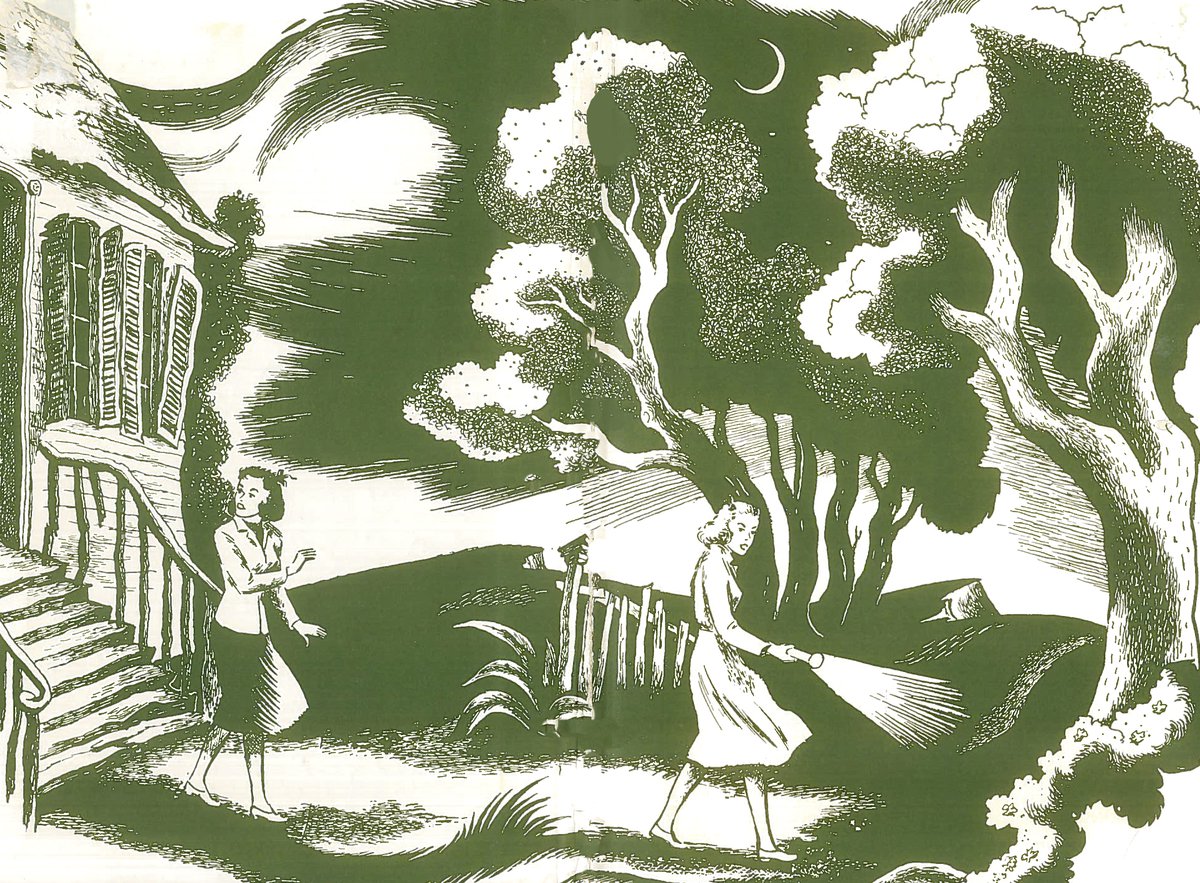The Girl Sleuth
Page featured image content

Page main body content
May 15 – August 30, 2023
Girl Detectives and Adventurous Girls in the 20th Century Young Adult Novel
Books marketed towards girls had been a staple of young adult literature since the Victorian era. Series such as The Outdoor Girls and Judy Bolton Mysteries were popular in the early decades of the 20th century, but the publication of the first Nancy Drew Mysteries series novel in 1930 was clearly a catalyst for exponential growth in the genre. Like the Harry Potter phenomenon of the late nineties, the franchise’s success saw a proliferation of copycats and wannabees attempting to benefit from that popularity.
A central theme of girl novel of this period is that of the virtuous protagonist. This archetype, often represented as a sleuth or spy, moves alongside yet outside the sphere of mature adults, her perceived insignificance a tool for subverting the system and affecting change. She is often marginalized and seen as ignorant, her actions, a nuisance. This naivety is a symbolic source of strength however, as it gives her a perspective that others have grown to lack. There is often a compulsive need to intervene when sin and corruption are encountered. The perpetrators must be rooted out in order to restore symbolic balance to a flawed adult world. In doing so she gains control over that sphere she must soon enter.
As works of fiction, this type of young adult novel serves as potent vehicles of escapism, particularly those centered around themes of technology and the equestrian. Powered flight is a surprisingly common motif, both occupationally and as it relates to the pre-1945 war effort. Both the horse and the airplane can be seen allegorically as methods of escape from the controlling adult world and the obligations entering this world are soon to bring.
When the adult-girl is the focus, careers such as nurse, secretary, model, reporter, and stewardess are typical depictions. In these roles the girl is a supporting character, denied meaningful status. Her role in solving crime is typically one of reinforcing and glamorizing those virtues that maintain the status quo.
In either case, the protagonists are invariably white and affluent, their gender unambiguous. Seen in a modern context these works are narrow in focus, with strict limitations to female empowerment.
This exhibit is but a glimpse into the rich world of the girl protagonist in literature, celebrating the girl as a dynamic individual, yet one who displays attributes that may be at odds with modern sensibilities. Running the gamut from the silly to the subline, these novels illustrate the enduring appeal of these literary heroines, inviting us to reflect on the depiction of girls and girlhood in popular culture.
Note: for the purposes of this exhibit, a girl is defined as a female child or adolescent that has not yet achieved full maturity, or a woman of any age who – due to their position, standing, or branding – is given attributes which imply immaturity.
